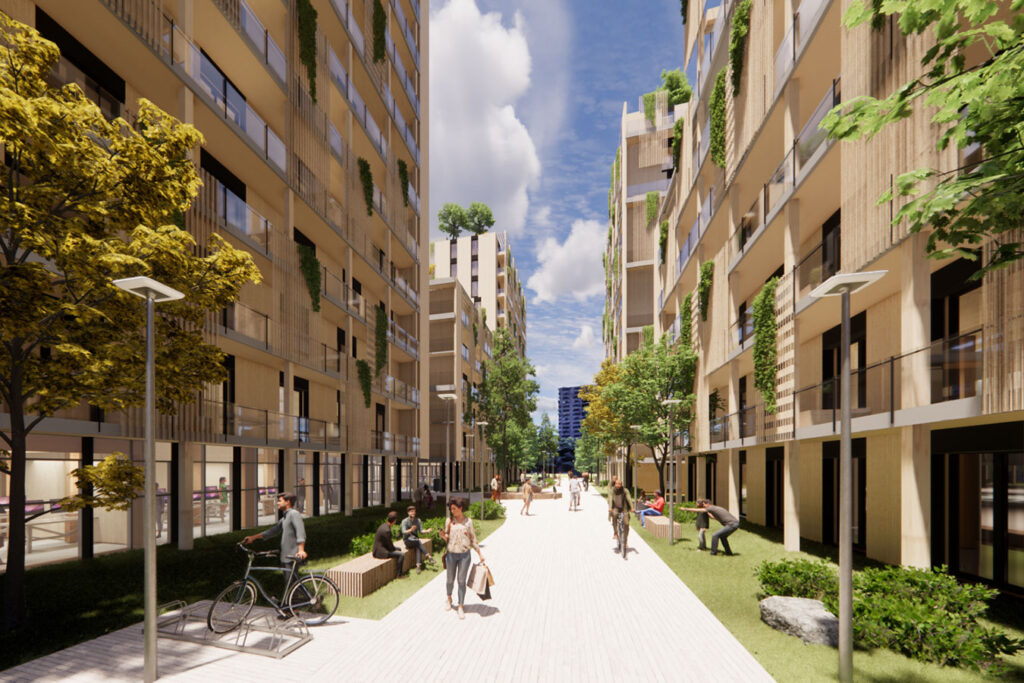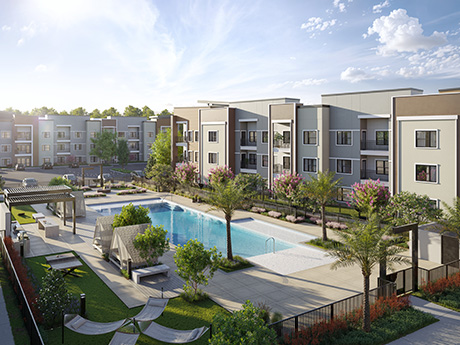
Building Orientation for Climate: A Guide to Sustainable Design
Understanding building orientation for climate is crucial for creating energy-efficient and sustainable homes. In today’s world, where climate change is a pressing concern, designing buildings that are well-oriented can significantly reduce energy consumption and enhance comfort. This guide explores the key aspects of building orientation and how it can be optimized for different climatic conditions.

What is Building Orientation?
Building orientation refers to the positioning of a building in relation to the sun, wind, and other environmental factors. It plays a vital role in determining the amount of natural light, heat, and ventilation a building receives, directly impacting energy use and indoor comfort.
The Importance of Sunlight
Sunlight is a critical factor in building orientation for climate. By maximizing natural light, buildings can reduce the need for artificial lighting, lowering energy costs. Additionally, proper orientation can help in harnessing solar energy for heating, further enhancing energy efficiency.
Wind and Ventilation
Strategic orientation can also optimize natural ventilation. By aligning buildings with prevailing wind directions, architects can reduce reliance on mechanical cooling systems, promoting better air circulation and healthier indoor environments. For more insights, explore our article on natural ventilation.
Optimizing Building Orientation for Different Climates
Tropical Climates
In tropical climates, where heat and humidity are prevalent, buildings should be oriented to minimize sun exposure and maximize cross-ventilation. Shading devices and vegetation can further aid in keeping interiors cool.
Cold Climates
For cold climates, the goal is to maximize solar gain during the winter months. South-facing orientations are ideal, as they capture the most sunlight, reducing the need for additional heating. For more on sustainable practices, consider our article on recycled materials.
Temperate Climates
In temperate regions, buildings should aim for a balance between shading in summer and solar gain in winter. Adjustable shading devices can be beneficial in adapting to seasonal changes.
The Role of Technology in Building Orientation
Modern technology offers tools and software that assist architects in analyzing environmental data to optimize building orientation. These tools take into account factors like solar paths, wind patterns, and local climate conditions.
Simulation Software
Software such as EnergyPlus and Ecotect can simulate various climatic scenarios, helping designers make informed decisions about building orientation. These tools can significantly enhance energy efficiency planning.
Case Studies and Success Stories
Many successful projects have implemented strategic building orientation to achieve sustainability. For instance, innovative designs in affordable housing have demonstrated how proper orientation can lead to energy savings and improved living conditions. Explore our success case studies for more insights.
Sustainable Materials and Orientation
Using sustainable materials in conjunction with optimal orientation can further enhance a building’s environmental performance. Materials that provide good insulation and thermal mass can complement the benefits of proper orientation.
Innovative Materials
Materials like straw bales, rammed earth, and recycled steel offer excellent insulation properties, aiding in maintaining indoor temperatures. Discover more about such materials in our article on construction materials.
Challenges and Considerations
While optimizing building orientation for climate offers many benefits, it also presents challenges. These include site constraints, budget limitations, and regulatory requirements. Each project requires a unique approach to address these challenges effectively.
Site Constraints
Natural obstacles like trees, hills, and existing structures may limit the ideal orientation of a building. Creative design solutions are often necessary to overcome these challenges.
Budget Considerations
While the initial investment in optimizing building orientation may be higher, the long-term savings in energy costs can justify the expense. It’s crucial to consider the lifecycle costs of a building when planning orientation.
Conclusion
Building orientation for climate is a crucial aspect of sustainable design. By considering environmental factors and utilizing modern technology, architects and homeowners can create buildings that are not only energy-efficient but also comfortable and environmentally friendly. For an in-depth analysis of sustainable design practices, refer to this external resource.

Frequently Asked Questions
What is the best orientation for a house in a cold climate?
In cold climates, a south-facing orientation is ideal as it maximizes solar gain during the winter months, reducing heating needs.
How does building orientation affect energy efficiency?
Proper building orientation can significantly reduce energy consumption by optimizing natural light, heat, and ventilation, leading to lower reliance on artificial systems.
What tools can help in planning building orientation?
Simulation software like EnergyPlus and Ecotect can analyze climatic data to assist architects in making informed decisions about building orientation.
This article contains affiliate links. We may earn a commission at no extra cost to you.